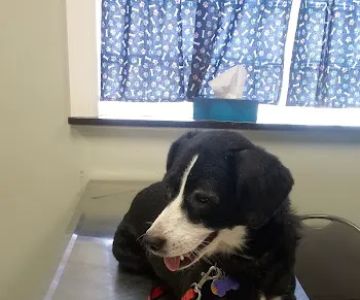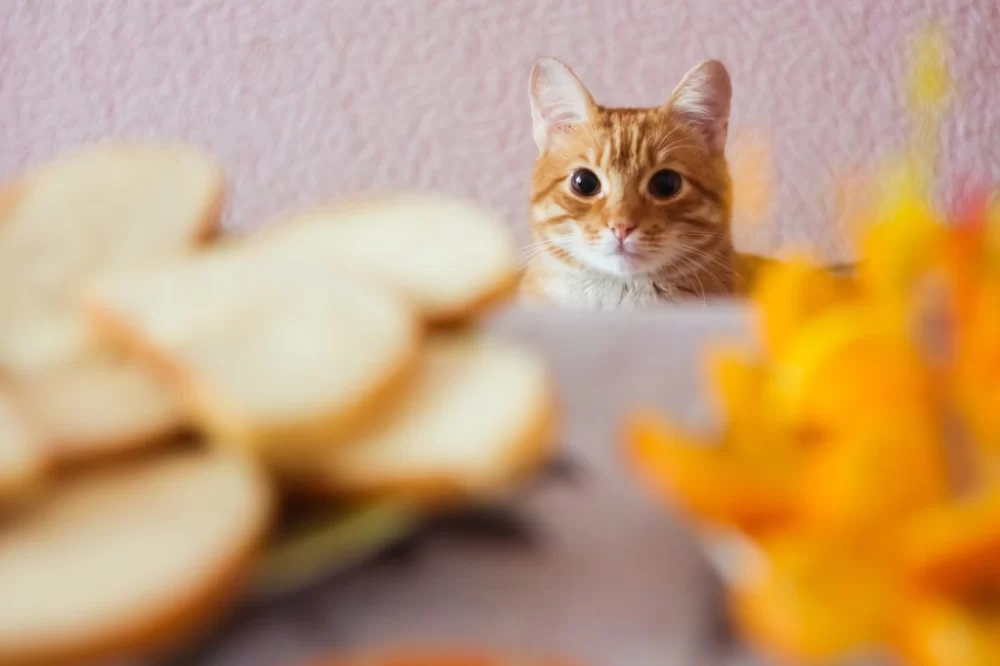Can Cats Eat Bread Crusts? Understanding the Risks and Benefits
If you're a cat owner, you’ve probably wondered whether it’s safe to share some of your food with your feline companion. One common human food that may come to mind is bread, specifically the crusts. While it’s tempting to offer your cat a small piece of bread, it’s important to understand whether bread crusts are suitable for their diet and if they pose any risks. Let's explore the topic and provide a clear picture of whether cats can safely eat bread crusts.
What Are Bread Crusts Made Of?
Bread crusts are simply the outer edges of a loaf of bread, typically formed during the baking process. They are made from the same ingredients as the rest of the bread, which generally include flour, water, yeast, salt, and sometimes sugar. The crust is often darker and more firm due to the heat of the oven. While it’s not harmful to humans, it’s important to assess whether bread crusts are suitable for cats, who have very different nutritional needs than we do.

520 W Wyoming Ave, Cincinnati, OH 45215, USA
See DetailsIs Bread Safe for Cats?
Before determining whether cats can eat bread crusts, it’s essential to consider whether bread, in general, is safe for cats. While bread is not toxic to cats, it’s not a necessary or ideal part of their diet either. Cats are obligate carnivores, which means they require a diet that is primarily made up of animal-based proteins. Bread, being a carbohydrate-heavy food, doesn't provide the necessary nutrients that cats need to thrive, such as high-quality protein and fat from animal sources.
Potential Risks of Feeding Cats Bread Crusts
While a small piece of plain bread crust likely won’t cause significant harm to your cat, there are several risks associated with feeding your pet bread, especially in larger quantities or if it is prepared with additional ingredients.
1. Digestive Issues
Cats have a digestive system designed to process animal-based proteins, not carbohydrates like those found in bread. Although small amounts of bread crust might not cause immediate issues, too much bread can lead to digestive upset. Cats can experience bloating, diarrhea, or constipation if they consume too many carbohydrates, which are difficult for them to digest properly.
2. Obesity and Weight Gain
Feeding your cat bread, especially regularly, can contribute to weight gain. Bread is calorie-dense and doesn’t provide the essential nutrients cats need. Over time, excess weight can lead to obesity, which can cause numerous health problems, such as diabetes, joint issues, and heart disease. It’s crucial to monitor your cat’s weight and avoid feeding them high-calorie, low-nutrient treats like bread.
3. Additives and Seasonings
Another concern with bread is the addition of certain ingredients, like salt, sugar, garlic, or onion. These ingredients can be toxic to cats in large amounts. For example, garlic and onion can damage your cat’s red blood cells, leading to anemia. While most bread crusts might not have these ingredients, it's always a good idea to ensure the bread is plain and free from any additives before offering it to your cat.
4. Yeast Concerns
Yeast-based dough, which is used in many types of bread, can also be problematic for cats. If the dough has not been fully cooked and a cat ingests it, the yeast can continue to rise in their stomach, potentially causing painful bloating and gas. Additionally, raw dough can lead to alcohol poisoning as the yeast ferments the sugars, producing ethanol, which is toxic to cats. However, fully cooked bread is generally considered safe in small amounts.
The Nutritional Needs of Cats
Understanding the nutritional needs of cats can help clarify why bread is not the best treat option for them. Cats are obligate carnivores, meaning their diet should primarily consist of high-quality animal proteins and fats. They require specific nutrients, such as taurine, arachidonic acid, and vitamin A, which are only found in animal tissues.
1. Protein and Fat Are Essential
Unlike humans, cats do not thrive on a plant-based diet and have a very limited ability to process carbohydrates. Their digestive system is designed to break down animal proteins and fats, which provide the energy and nutrients necessary for their health. Bread, being a carbohydrate source, does not meet these dietary needs and should only be offered as an occasional treat if at all.
2. Treats Should Be Protein-Rich
If you're looking to give your cat a treat, it’s best to opt for something that aligns with their nutritional needs. Protein-rich options such as small pieces of cooked chicken, turkey, or tuna are much better for your cat’s health than bread. These treats can offer your cat a satisfying snack while providing essential amino acids.
What to Do If Your Cat Eats Bread Crusts
If your cat manages to sneak a piece of bread crust, don’t panic. A small amount of plain bread crust is unlikely to cause harm. However, if they eat a larger quantity or if the bread contains ingredients like garlic, onion, or raisins, it’s best to keep an eye on them and contact your veterinarian if necessary.
Signs of Digestive Upset
After eating bread, watch for signs of digestive upset in your cat, including:
- Vomiting
- Diarrhea
- Lack of appetite
- Abdominal discomfort or bloating
If your cat shows any of these signs, it’s a good idea to consult your veterinarian to ensure their well-being.
Healthier Alternatives to Bread Crusts for Cats
Instead of offering bread crusts to your cat, consider these healthier alternatives that provide more appropriate nutrition:
- Small pieces of cooked chicken or turkey: Lean poultry is a great source of protein and an ideal treat for cats.
- Commercial cat treats: Many cat treats are formulated to meet the nutritional needs of cats while offering a variety of flavors and textures.
- Catnip: Many cats love catnip, which can provide a fun and stimulating treat without any harmful effects.
- Cooked eggs: A small amount of scrambled or boiled egg can be a good protein source for your cat.
When offering your cat any new treat, remember to do so in moderation. Too many treats, even healthy ones, can lead to obesity and other health problems.
If you're unsure about what treats are safe for your cat or have questions about their diet, consider visiting Hidden Brook Veterinary. Our team can offer expert advice on how to keep your cat healthy and happy with the right nutrition and treats.











